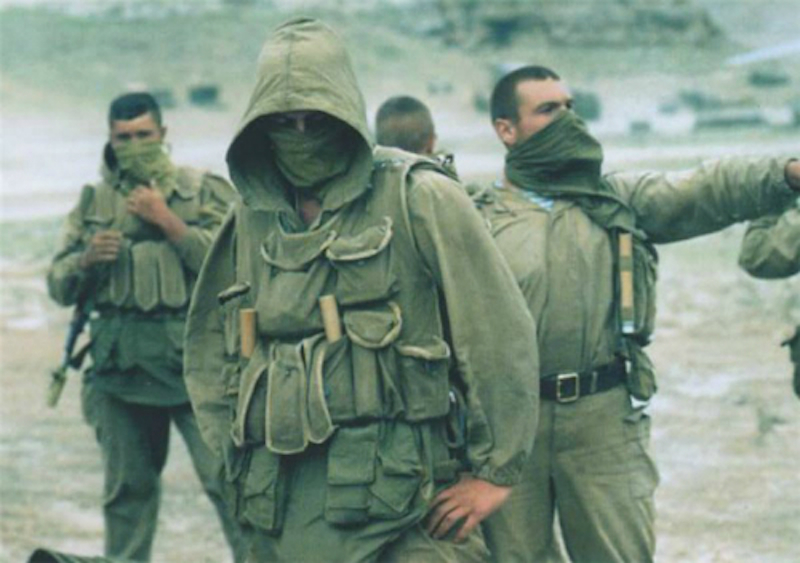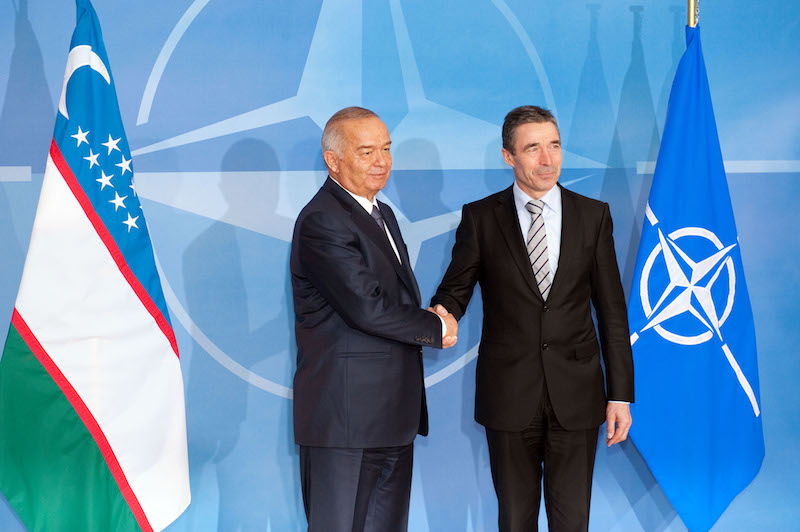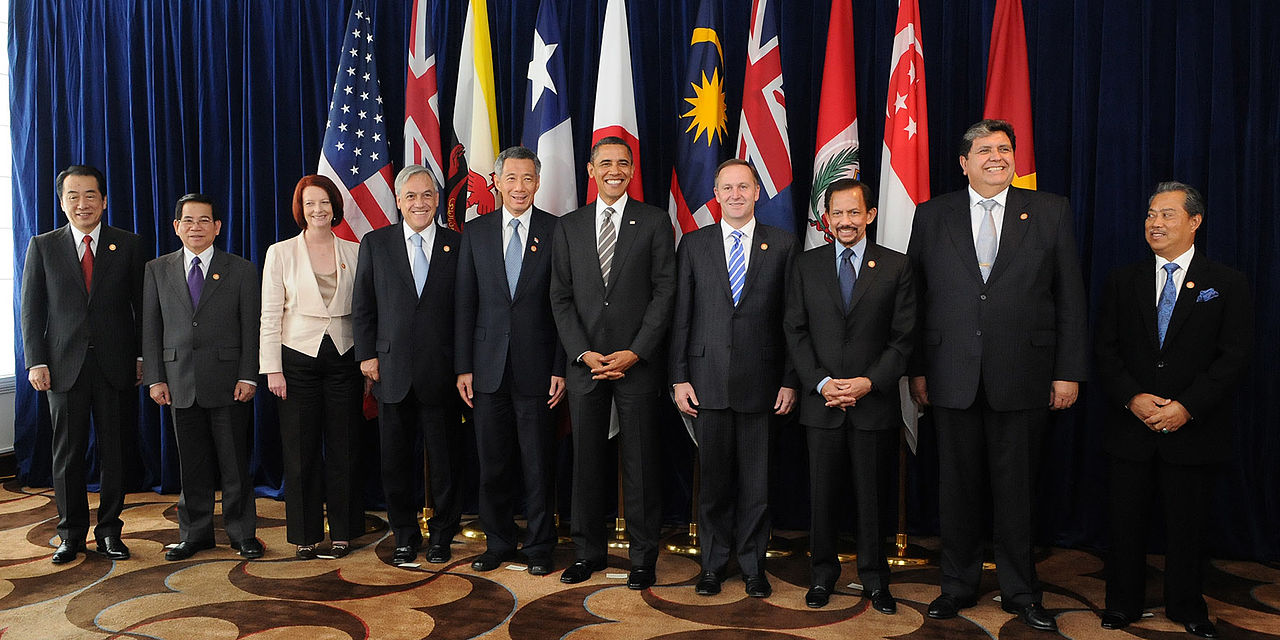On June 28th, three presumed Islamic State militants, armed with automatic weapons and suicide vests, attacked Istanbul’s Ataturk Airport. This is yet another example of a terrorist group’s ability to hit public places around the globe despite its territorial decline in Iraq and Syria. One element that has set this horrific act apart from previous ISIS attacks is the nationality of the killers. While the majority of Islamic State operations have been conducted by individuals of Arab descent, in this case, the three perpetrators have been identified by the Government of Turkey as being from Chechnya, Uzbekistan and Kyrgyzstan, and Chechen ISIS lieutenant Akhmed Chatayev is suspected of planning the attack. Yet to close observers of ISIS, the Central Asian background of the militants is not a surprise. Although many view the militant group as a mostly Arab organization, Central Asia, particularly the Russian North Caucasus region, has provided Islamic State with thousands of fighters. In fact, the recruits from Russia make up the largest group of ISIS militants from a non-Muslim majority country.
Since Islamic State’s rise to prominence in Iraq and Syria, the Soufan Group, an intelligence-consulting firm, estimates that 2,400 Russians, around 500 Kyrgyzstanis and 500 Uzbeks have traveled to Iraq and Syria to fight for the terrorist group. Individuals from the former Soviet states have also risen to positions of prominence within ISIS leadership, most notably Chatayev and Omar Shishani, an ethnic Chechen who had a $5 million dollar U.S. government bounty on his head until he was killed by an American airstrike earlier this year. Prior to his death, Shishani was Islamic State’s top commander in northern Syria and oversaw the prison in the group’s de-facto capital of Raqqa.
The fighters from the Central Asian region tend to have extensive militant experience, often having participated in insurgencies in their own countries, making them valuable assets to Islamic State. In particular, veterans of the Chechen separatist movement who have fought against the Russian government since the 90s, as well as members of the Islamist Movement of Uzbekistan (IMU) militant group have defected en masse to join ISIS. In enlisting with Islamic State, these guerilla fighters see a chance to be a part of a terrorist group that has achieved success and worldwide notoriety, in stark contrast to the dwindling fortunes of older extremist organizations in the former Soviet Union. The Chechen separatist movement, for instance, has been in decline for the past several years as the Russian government has killed or co-opted many of its leaders. To these fighters whose goals of establishing an Islamic caliphate in Chechnya have largely been dashed, ISIS provides a chance to realize their dream abroad in Syria or Iraq.
For the former Soviet states, this trend has proved to be a boon, as extremist migration to the Middle East has led to the further weakening of militant movements in Central Asia. Nevertheless, these defections to ISIS have led to new fears that the fighters could return to launch attacks on behalf of Islamic State in their home countries after gaining further training and combat experience. In Russia, the government is particularly concerned over the U.N Security Council’s statement that Chatayev, the alleged perpetrator of the Istanbul attack, has been tasked by ISIS with the organization of terrorist cells comprised of Russian militants whose aim is to strike targets in their native land.
To combat the allure of ISIS in Chechnya, Russia has taken a number of steps to discourage potential militants from fighting in Syria and mitigate the threat of returning jihadists. Moscow has instituted a new law allowing authorities to arrest Russian citizens who “participate in a foreign conflict against the interests of the Russian Federation,” a regulation designed specifically to prosecute Chechen jihadists returning home from the Middle East. In addition, the Russian-backed government of the Chechen Republic has engaged in efforts to counter the extremist strains of Islam espoused by ISIS. Led by Chechen leader Ramzan Kadyrov, the government regularly meets with Imams and advocates for “true” Islam, which for Kadyrov amounts to a modern version of traditional Chechnyan Sufi Islam with an emphasis on loyalty to the state. Kadyrov has also engaged in the controversial profiling and arresting of Chechens who appear likely to follow the Islamic movement of Wahhabism, an ideology that ISIS has aligned itself closely with. Suspected Wahhabis have been rounded up and taken to police stations, where they are questioned about their religious beliefs. Kadyrov also stages televised events where he personally meets with youth who planned to join ISIS, admonishing them and reminding them of how their lives could have been ruined by turning to jihad.
As the role of Central Asian militants in the Istanbul bombing demonstrates, ISIS has managed to use its propaganda machine and its notoriety to attract jihadists from a variety of backgrounds and political causes. Drawn by Islamic State’s highly publicized successes, groups such as Chechen extremists and Uzbekistani militants have given up their local causes to fight for ISIS’s broader crusade against the West. This reality has made Islamic State especially dangerous, as the group’s ability to unify and attract disparate fighters and organizations has led to the formation of a diverse and globalized terror network that can threatens nations across the globe.
Photo: “Russian Spetsnaz (GRU) in Dagestan” (1999), by Aleksey Yermolov via Wikipedia. Licensed under CC BY-SA 3.0.
Disclaimer: Any views or opinions expressed in articles are solely those of the authors and do not necessarily represent the views of the NATO Association of Canada.




